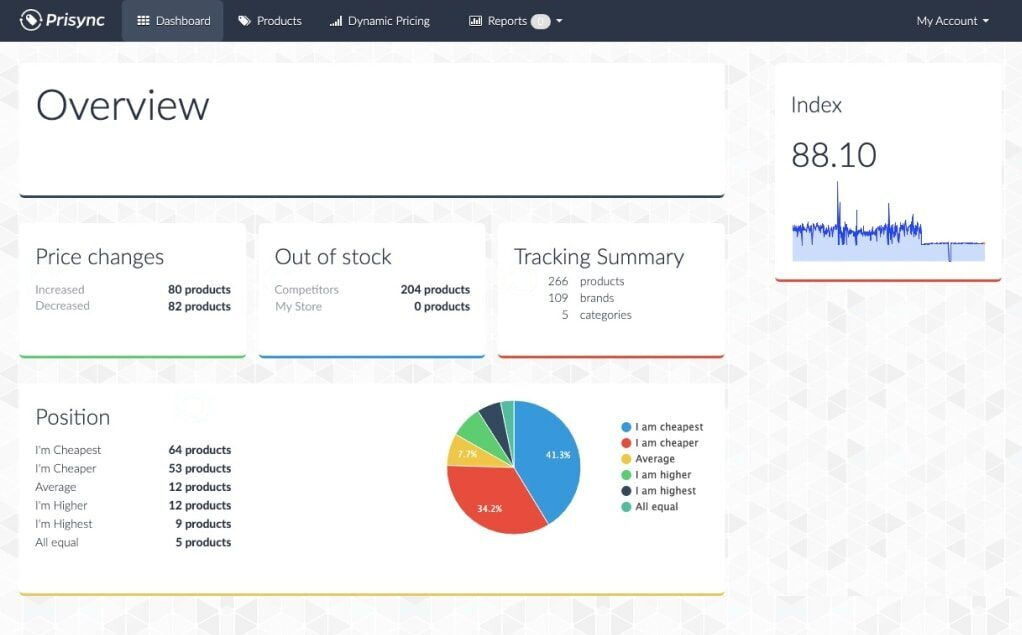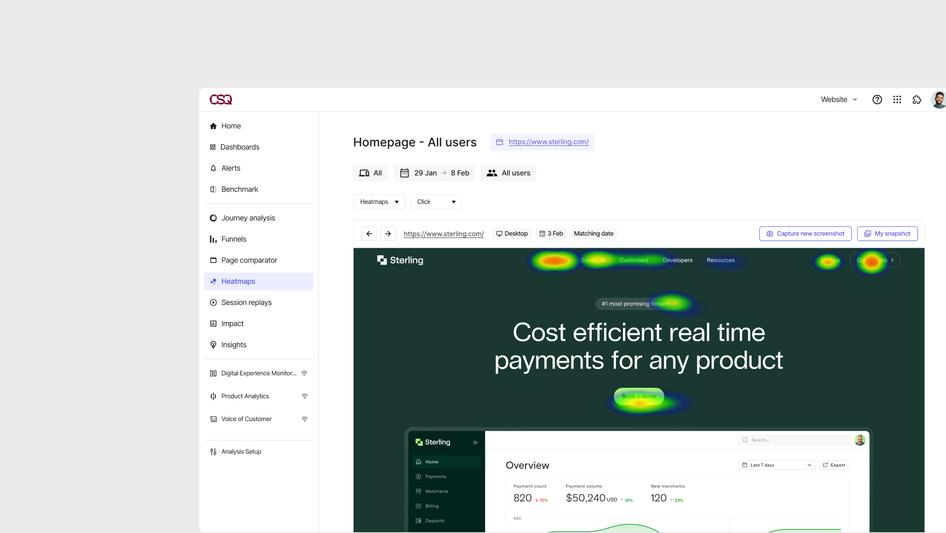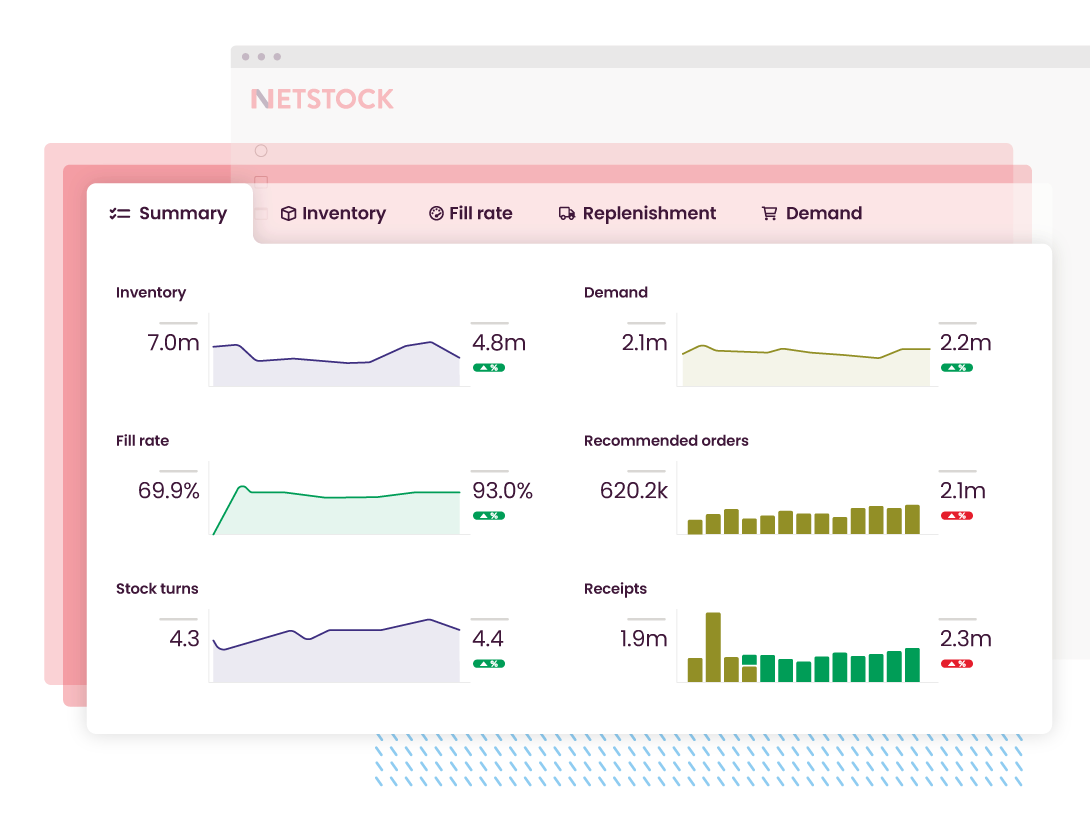Many business owners are feeling the pressure of evolving consumer expectations—faster service, personalized experiences, and seamless interactions across multiple channels. Keeping up with these demands while managing operations, marketing, and customer satisfaction can be overwhelming. Subscription models offer a way to create recurring revenue, but they also introduce complexities that can stretch already limited resources. Businesses leveraging subscription models experience greater financial predictability, improved cash flow, and increased customer retention compared to one-time purchase models.
This is where AI becomes a powerful solution, helping businesses automate processes, personalize customer interactions, and optimize operations without adding to the workload. Companies that integrate AI into their subscription strategies can achieve sustainable growth, improve customer loyalty, and gain a competitive edge in crowded markets.
At Our Media Inc., we specialize in empowering brands across MedTech, professional services, and consumer packaged goods (CPG) industries to capitalize on this monumental shift. Our agile, data-driven marketing strategies, combined with a proactive approach to integrating cutting-edge AI technologies, enable the creation of intelligent subscription ecosystems that drive predictable revenue, enhance customer retention, optimize operations, and unlock untapped growth potential.
Implementations – The AI Advantage in Subscription Models
1. AI-Enhanced Customer Segmentation & Targeting
Strategy: Implementing AI-driven customer segmentation enables businesses to move beyond generic targeting by analyzing purchasing behavior, health needs, and engagement history. This data-driven approach allows companies to focus their marketing efforts on the right audiences with precision, identifying high-value customers while addressing potential churn risks before they arise.
Adherent Users (High-Value Customers):
- Patients consistently using their CPAP machines and reordering supplies on schedule.
- Marketing Focus: Offering loyalty rewards, premium accessories, and referral incentives to boost engagement and retention.
Inconsistent Users (At-Risk Customers):
- Patients with irregular usage patterns and delayed supply orders, indicating potential disengagement.
- Marketing Focus: Sending educational content about the importance of adherence, offering discounts on essential supplies, and providing virtual support sessions.
New Subscribers (High-Opportunity Customers):
- Patients within the first three months of their subscription who may need additional support and reassurance.
- Marketing Focus: Onboarding emails, instructional videos, and personalized customer support touchpoints to encourage early adoption and reduce drop-off rates.
Dormant Users (Churn-Prone Customers):
- Patients who have stopped ordering replacement parts or show declining engagement in communication channels.
- Marketing Focus: Re-engagement campaigns with personalized outreach, reactivation offers, and special discounts for returning customers.

Execution:
- Deploy AI tools (like HubSpot with AI integration or custom machine learning models via BigQuery) to automate segmentation.
- Launch hyper-personalized email, SMS, and paid media campaigns with tailored messaging for each segment.
Result: By delivering hyper-personalized messaging and offers to the right audience at the right time, businesses experience higher subscription sign-ups and improved engagement. Additionally, proactive engagement with at-risk customers helps reduce churn and foster long-term loyalty.
2. Predictive Replenishment & Automated Marketing Flows
Strategy: Using AI to automate marketing workflows based on usage data allows businesses to proactively engage customers at the perfect moment. This approach ensures that customers, outside of their existing subscription, don’t run out of auxiliary products while creating seamless, touchless experiences that drive satisfaction and retention.
Execution:
- Integrate AI with eCommerce platforms (e.g., WooCommerce or Shopify) to analyze purchase frequency and predict reorder timing.
- Use marketing automation tools (Klaviyo, Drip) with AI capabilities to send timely replenishment prompts or upsell offers.
Result: Automated replenishment reminders and upsell opportunities increase customer lifetime value (LTV) by ensuring repeat purchases with minimal manual effort. Customers appreciate the convenience, leading to stronger relationships and improved brand loyalty.
3. Dynamic Pricing Optimization
Strategy: AI-driven dynamic pricing models empower businesses to optimize pricing strategies by analyzing demand fluctuations, competitor pricing, and customer purchasing behavior. This adaptive approach ensures pricing remains competitive while aligning with revenue goals and market conditions.
Execution:
- Use pricing algorithms (via tools like Prisync or Woocommerce dynamic pricing) to test and roll out personalized pricing tiers or bundle offers.
- A/B test different pricing models for subscription plans based on customer willingness to pay.

Result: By offering the right price at the right time, businesses experience higher conversion rates, increased profitability, and enhanced customer trust. Dynamic pricing also helps brands remain agile in competitive markets, attracting and retaining more customers.
4. Chatbots and Virtual Assistants for Customer Support and Upselling
Strategy: Implementing AI chatbots and virtual assistants on-site enhances customer support by providing instant, accurate responses to common inquiries while also facilitating upsell and cross-sell opportunities. These intelligent systems personalize interactions based on customer preferences and history.
Execution:
- Implement conversational AI tools (e.g., Intercom, Drift) on websites and apps to handle FAQs, recommend subscription products, and upsell related items.

- Train bots with industry-specific knowledge to ensure compliance and accurate communication, effectively creating an AI agent representing the organization.
Result: The availability of 24/7 support drives higher customer satisfaction, reduces cart abandonment, and increases conversions. Customers appreciate the seamless experience, leading to stronger engagement and recurring sales.
5. Subscription Funnel Optimization Using AI Analytics
Strategy: AI-powered behavioural analysis helps identify and address friction points in the subscription sign-up process. This allows businesses to streamline the user experience and eliminate barriers to conversion.
Execution:
- Implement heat mapping tools (Hotjar with AI analysis) and AI-driven A/B testing platforms (Convert.com) to optimize landing pages.

- Use AI to analyze drop-off points and improve user experience (UX) design for better conversions.
Result: Optimized subscription funnels lead to higher conversion rates, reduced friction, and more intuitive sign-up experiences. The result is an increase in subscribers and better overall performance.
6. Smart Inventory and Supply Chain Recommendations
Strategy: Leveraging AI for inventory forecasting enables businesses to maintain optimal stock levels while reducing carrying costs and avoiding supply chain disruptions. By analyzing demand trends, seasonal fluctuations, and real-time sales data, AI provides precise recommendations that help companies stay ahead of demand. The importance of accurate inventory tracking cannot be overstated—proper management ensures businesses can balance cash flow, avoid deadstock, and optimize their cost of goods sold (COGS). Inventory management is a key driver of profitability, with companies that manage their stock efficiently seeing improved financial reporting accuracy and enhanced cash flow management.
Execution:
- AI-Powered Demand Forecasting: Utilize AI tools like Netstock and Inventory Planner to analyze historical data, market trends, and external factors such as seasonality and economic conditions to predict stock needs based on subscription growth trends.

- Automated Replenishment Triggers: Leverage AI-driven features within Shopify’s Stocky app and WooCommerce Smart Manager to monitor stock levels in real-time and automatically trigger reorder processes, ensuring seamless inventory control.

- Predictive Analytics for Supplier Communication: Tools such as Llamasoft Supply Chain Guru use AI to assess supplier performance, lead times, and shipping patterns, offering recommendations for the most efficient replenishment schedules and alternative sourcing options.

- Inventory Optimization with Machine Learning: Platforms like Slimstock Slim4 use machine learning to continuously refine inventory parameters based on customer purchasing patterns, helping businesses reduce waste and overstocking.
- Accounting Integration: AI-powered platforms such as QuickBooks Commerce and Xero Inventory align inventory tracking with financial systems, ensuring accurate cost allocation and providing real-time insights into profitability, COGS, and cash flow optimization.
Result: Businesses benefit from reduced inventory costs, fewer stock outs, and enhanced customer trust due to consistent product availability. AI-driven inventory management ensures a seamless fulfillment process, helping brands meet customer expectations with precision and efficiency. Moreover, by integrating AI-driven inventory forecasting with financial reporting, businesses can gain better insights into profitability and make data-driven decisions to optimize their operations and resources.
“The best way to predict the future is to invent it”
alan kay
Ready to unlock predictable revenue and build stronger customer relationships? Discover how Our Media can lead your journey to seamless digital transformation.






